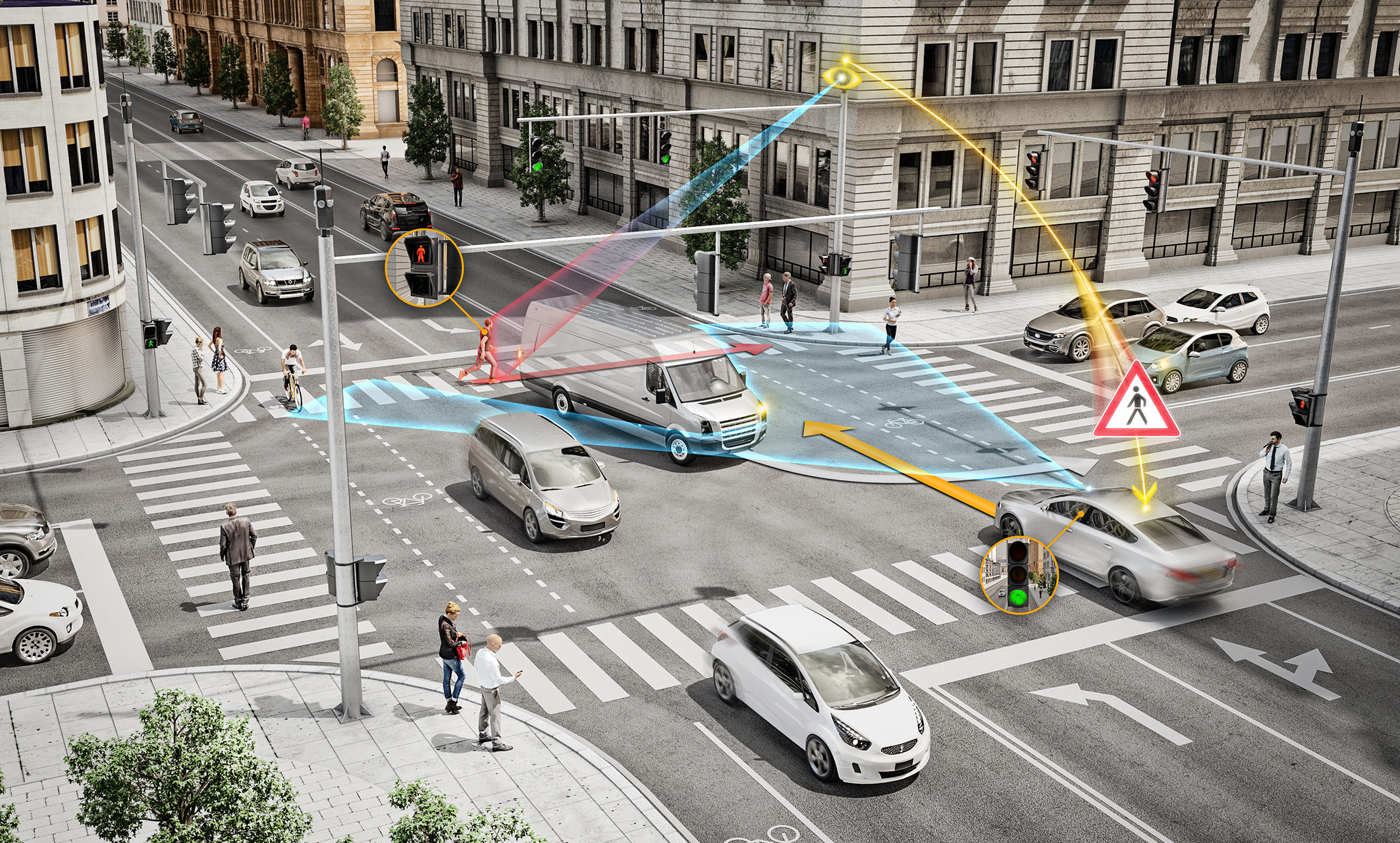The Intersection Of Civil Engineering And Autonomous Vehicles For Smart Mobility

Autonomous vehicles have become a hot topic in recent years. With the advancements in technology, the idea of having cars drive themselves is becoming more realistic every day. However, there are still many questions regarding the capability and safety of these autonomous vehicles.
What exactly are autonomous vehicles?
Autonomous, or self-driving, vehicles are cars or trucks in which human drivers are not required to control the operation of the vehicle. These vehicles use sensors and software to perceive their surroundings and navigate through traffic. The goal of autonomous vehicles is to improve safety, reduce traffic congestion, and save energy.
How do autonomous vehicles work?
Autonomous vehicles use a combination of sensors, cameras, radar, and GPS to detect their surroundings and navigate through traffic. The information that these sensors collect is sent to an onboard computer, which then makes decisions about how to operate the vehicle based on the data and algorithms that it has been programmed with.
What are the potential benefits of autonomous vehicles?
There are many potential benefits of autonomous vehicles. Firstly, they have the potential to greatly improve road safety. According to the National Highway Traffic Safety Administration, 94% of automobile accidents are caused by human error. Autonomous vehicles, which do not make human errors, could reduce the number of accidents on the road. Secondly, autonomous vehicles could reduce traffic congestion by driving more efficiently and reducing the number of accidents that cause traffic jams. Finally, autonomous vehicles could save energy by being more efficient with their use of fuel.
What are the potential drawbacks of autonomous vehicles?
While there are many potential benefits of autonomous vehicles, there are also potential drawbacks. One potential drawback is the cost. The technology required to make autonomous vehicles work is expensive, and it is unclear how much consumers will be willing to pay for it. Another potential drawback is the loss of jobs. Autonomous vehicles could potentially replace human drivers, which could lead to many people losing their jobs. Finally, there is the potential for software glitches or hacks, which could put passengers and other drivers in danger.
What are the current limitations of autonomous vehicles?
There are still many limitations to autonomous vehicles. Firstly, they are not yet fully autonomous. They still require a human driver to take control under certain circumstances. Secondly, they are still not very good at dealing with complex situations, such as navigating through roads with lots of pedestrians or bicycles. Finally, they are still very expensive and not yet widely available.
What is the future of autonomous vehicles?
The future of autonomous vehicles is still unclear. While the technology is advancing quickly, there are still many issues that need to be addressed before autonomous vehicles can become a reality. However, many experts believe that autonomous vehicles will become more widely used in the next decade or so. As the technology improves and becomes more affordable, autonomous vehicles could become a common sight on our roads.
Conclusion
While there are still many questions and concerns about the safety and capability of autonomous vehicles, there is no denying that the technology has the potential to greatly improve our lives and our transportation system. We will continue to monitor the development of autonomous vehicles and see how they progress in the coming years.


Post a Comment for "The Intersection Of Civil Engineering And Autonomous Vehicles For Smart Mobility"